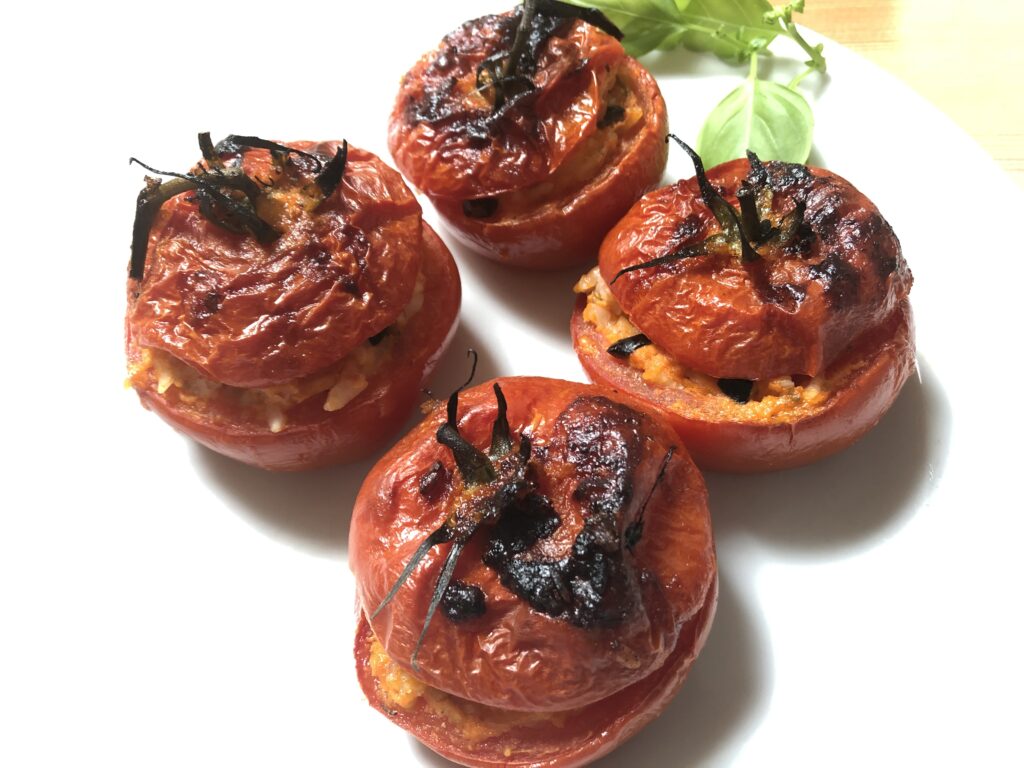The Ape, Italian for bee, is a three-wheeled, light commercial vehicle, manufactured and marketed by Piaggio since 1948.

Every day at 16.00, Giuliana and Sergio drive their Ape around the hairpin curves to the next village, where they enjoy an espresso at the Bar Nani.
Their ritual is interrupted at 16.56, March 30, 2018, when a tourist bus crashes through the window on Giuliana’s passenger side, compressing the vehicle against the stone wall to the right.
Sergio cries out to his wife, ‘Giuliana, say something. Please darling, say something.’
Giuliana replies, ‘I feel nothing.’
The tourist bus backs up and soon a helicopter looms over the crushed Ape. Giuliana is hoisted into the sky while her niece Mirella strokes her hand. She has never been on a plane before, but somehow she is not afraid.
‘Where is Sergio?’
‘Uncle is going to La Spezia hospital. He only has light injuries. We are taking you to the Genova hospital.’
Giuliana tries to nod her head. Her mouth can speak, but her body no longer obeys her brain’s commands.
The surgeons operate on her spine as soon as the helicopter lands on the tarmac, and after a few days, she is sent to a clinic in Tuscany for rehabilitation. For the next five months, either Sergio or her niece visit her every day, as the nurses have little time to feed and take care of her.
By September, she has regained partial use of her hands and legs and can return home.
Our village rests on a steep slope and the only way to reach it is by walking down the narrow road that leads to the piazzetta. One needs thighs and joints of steel to attack the 30 per cent incline. The paramedics navigate Giuliana’s stretcher to her house at the very bottom and breathe a sigh of relief when they can finally put down their burden.
Sergio has turned Giuliana’s pantry into a bathroom and cleared out the dining room table and chairs for a bed. She sighs at the loss of her space for guests, but no matter, she is back where she belongs.
I am glad to be there so that I can make a few dishes for them. Giuliana was never a fan of pasta or soups, and I know that she needs food that is soft, as she is not yet able to cut with a knife. Slipping meatballs into their freezer is practical, but the dish that they appreciate the most is my ‘pomodori al riso’. The tomatoes of September are at their best and Sergio does not have to do anything but arrange the juicy jewels on their plates.
The months that follow are challenging. A physical therapist comes three times a week to help Giuliana acquire more control of her hands and legs. Mirella tries to persuade them to move in with her in town, but they want to stay in their own home.
‘I was born in this house 82 years ago and I will die in this house,’ declares Sergio.
Giuliana is also adamant. ‘I have waited 5 months to sit in my garden again and nobody is taking that away from me now.’
Life does get better. Giuliana grows strong enough to wield a knife and returns to her beloved kitchen. They also win the lawsuit against the negligent tourist company that caused the accident.
With their windfall, Sergio buys a brand new Ape, loads Giuliana into the passenger seat and then guns the engine up the steep road leading out of the village.
In the distance, I can see their Ape wind around the same hairpin curves towards the Bar Nani. One false move to the right will send them hurtling 300 meters down into the brush.
They want to enjoy every day they have left, and only God knows what lies around the corner.
The Ligurians love to stuff a selection of vegetables with a mixture of breadcrumbs, herbs and cheese. This can be good, but the entire tray of peppers, zucchinis, onions, and small eggplants often end up tasting the same. The Romans make a dish of rice stuffed tomatoes on a bed of potatoes called ‘pomodori al riso’. Typical fare of the ‘tavole calde’, it is eaten lukewarm and does have its merits. It is economical, and perfect to eat during the dog days of summer. However, the two starches together make for a rather mild dish, and I suspect that it is repeated again and again out of tradition and as an ode to comforting childhood memories.
I have been looking for a more savoury stuffed tomato solution for a long time, and have finally found it via the brilliant Simon Hopkinson in the Guardian newspaper. His recipe called for a lot more garlic and anchovy, which I dialled down to suit my own taste, then added black olives to jazz up the rice.
These rice stuffed tomatoes are perfect to eat as a ‘primo’, but few people eat meals with different courses anymore. I suggest that you accompany them with grilled zucchini, perhaps a little bread and cheese if anyone is still hungry, and if you have a lot of guests, just add a bought roast chicken to the table so everyone can dig in.
Ingredients
8 ripe yet firm fleshed tomatoes that can stand up to baking
75 to 100 ml of olive oil
8 rounded tablespoons of rice
1.5 cloves of garlic
5 anchovies
1 or 2 small, dried peperoncini, seeds removed
1 handful of basil (Mint and/or parsley work as well.)
Sea salt to taste
The Method
Lay each tomato on its side, then figure out where you will cut them to make the ‘lids’. You want them to be around 25 per cent of the size of the tomato. Slice.
Bring your blender close to your chopping board.
The goal now is to get all of the tomato seeds and pulp into the blender without puncturing the tomatoes.
Take the paring knife and gently cut through the membranes in order to loosen everything. Then take a teaspoon and dig out all of the innards directly into the blender. Make sure to get the jelly lurking in the lids as well. Lightly salt the tomato shells, then place them upside down on a chopping board. This will extract any excess moisture.
Add the olive oil, garlic, anchovies, and pepperoncini to the blender.
Blend everything together until you have a smooth, salmon pink liquid.
Add a bunch of basil and pulse a few times, just to chop, not to puree it.
Taste. You will need to add a little sea salt now.
Pour the liquid into a large bowl and add the rice.
Let the rice mixture sit for 45 minutes and no longer than one hour.
In the meantime, lightly oil a baking pan in which the tomatoes will fit comfortably.
Put the olives in warm water for 10 minutes in order to get rid of the harsh brine. Chop them finely and set aside.
Preheat the oven to 200 degrees centigrade.
Fill each tomato with the rice, the chopped olives, plus some of the liquid and place in the oiled baking pan. You will have extra liquid. If there is extra rice, do not be tempted to stuff them too tightly, as the rice will expand during cooking.
Take a sieve and pour the liquid through it and over the tomatoes. This is the easiest way to catch any of the superfluous rice. Trickle over a small amount of olive oil.
Place on the middle rack of the oven and bake for around 45 to 50 minutes. You want the tomatoes to char, but not burn. Cover with foil if things get out of control.
When you think that they are fully baked, take them out and taste a tiny bit of the rice. If it is ‘al dente’ and not too hard, let them cool and rest. The rice will continue to swell during this time.
Serve them lukewarm or even cool. Be patient. Good things come to those who wait.

